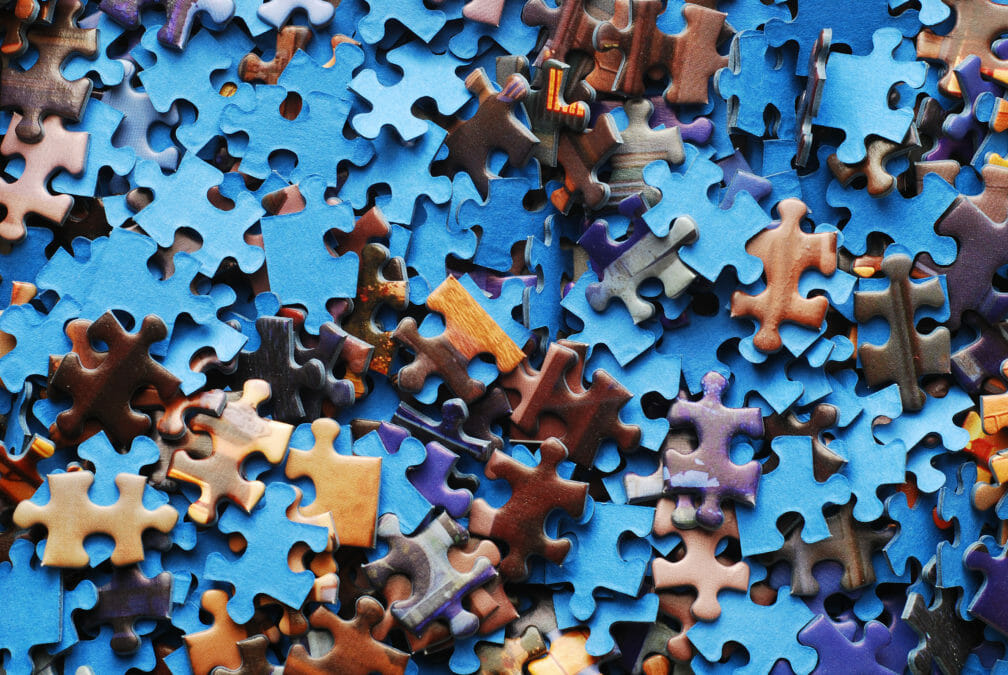“But it uses more electricity than Ireland,” say critics. Bitcoin has many fans, but there is no shortage of people who slate it either. Blockchain requires an awful lot of processing power. Maybe what we need is a kind of blockchain plus, or to borrow words from Chris Justice, President & COO, Atlas City Global, plus plus which is what he says the Catalyst Network provides.
The idea has three key elements to it:
- open source
- fractionalise
- reward by random
So, what does that mean? With conventional blockchain, all the information in the distributed ledger is stored on every node in the network. The cumulative processing power required is enormous. With the Catalyst Network, the individual information that makes up the ledger is broken down into tiny pieces — hence the word fractionalise — only as a whole do these pieces have meaning. See it like a jigsaw puzzle. If you manage to get hold of one piece of this jigsaw, you would have no idea what it relates to. It could be from a jigsaw of the Mona Lisa or a Banksy. You wouldn’t know. That’s one of the reasons that Atlas, the company behind the Catalyst Network call it Blockchain plus.
Chris justice explained: “You take a piece of data, your personal information, and instead of storing that information on a centralised database, subject to hacking and theft, you take it and you fractionalise it, you do what blockchain does. You fractionalise the data, you encrypt it, you hash it and then you distribute it across a number of different storage nodes so that if somebody hacks into one, what do they have?”
The other key element that makes the Catalyst Network more akin to blockchain plus, is the way incentives are introduced to the providers of the nodes that make-up the network.
“It’s all based on collaboration and cooperation and not competition,“ says Justice. “So no wasted energy goes on these silly cryptographic puzzles. So you take the set of data that needs transactions, that need to be validated and written to the ledger and connect them to enough independent nodes with the appropriate amount of storage. You validate that by random selection, so your security is built in through the randomness.”
Blockchain: single source of truth and digital twins
Use cases
So what about the real world. It’s all very well saying that the Catalyst Network provides blockchain plus, but what about some examples.
Chris Justice gave as an example, how the Catalyst Network is being used in a scheme to support recycling of bottles. The idea is to stop cheating. As recycling bins are rolled out, a money back system will be introduced using technology. Every time you buy something contained within a plastic bottle, you will pay a plastic charge that will be refunded, via a scanner, every time you put a bottle into a recycling bin. But what is to stop people cheating — opening the bin, scanning the bottle, but not actually putting it in the bin, and then repeating the process over and over again?
Blockchain, by keeping an immutable record of where each bottle is at any one time, should be able to overcome the cheating problem — but then processing power required would be enormous. Suppose, though, blockchain plus, the Catalyst Network, for example, is applied.
Justice explained: “A unique 3D code is printed on to the label or on to the can or onto the bottle, you can put it on clothing. And then that 3D code gets uniquely identified to this bottle. So the bottle goes into the supply chain, it goes to the retail; in the UK there’s going to be a mandatory deposit return scheme in a couple of years. The consumer pays 20p, 10p, for the bottle and when they’re done drinking it, they can go to our app, they scan the bottle code, they touch the bin, which is NFC enabled, drop it in, and voila, they get their pay back in their virtual app.”
Justice gave as an additional example, how the system could be used to counteract deep fakes. For example, for one project, Atlas is working with a company that is attempting to measure deforestation, by using drones to build up a map from photographs. But how do you ensure, the photos are genuine? The answer is to give each image a private key and hash tag it. Justice also said that Atlas is looking at using the technology to avoid fake tweets, where, for example, someone sent out Tweets apparently from the Twitter co-founder Jack Dorsey.
Can AI and blockchain be used in fight against deepfake?
Related articles
Five blockchain use cases: from property to sustainability
Blockchain in financial services and the rise of digital assets
Blockstack and regulators give Blockchain shot in the arm
Understanding the viability of blockchain in supply chain management
Emerging technologies, are they set to transform business?
Blockchain “game changer” developed by Accenture
Dismiss the future of Blockchain at your own peril







